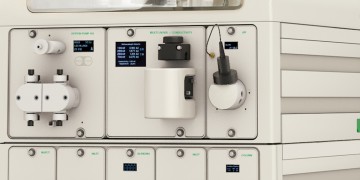
Protein Purification Workflow Development Using Bio-Rad’s NGC™ Chromatography System
While using affinity tagging is the preferred method to achieve highly pure protein through recombinant expression, this approach isn’t feasible for all proteins. This tech report describes workflow optimizations using the NGC Chromatography System that allow users to achieve high purities with untagged proteins.
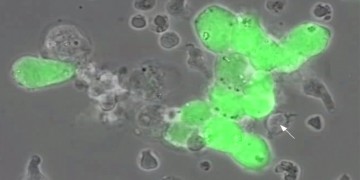
Unlocking the Structures of Natural Killer Cell Receptors with the NGC™ Chromatography System
Structural biologist Petr Novák employs the latest techniques to model natural killer cell receptor molecules, research that may one day result in powerful therapies to treat cancer and infections. Go inside the fascinating world of structural characterization and find out how Novák has integrated the NGC™ chromatography system into his effort to visualize these molecules in vivid detail.

Top Stories of 2013 — Bioradiations Year in Review
From the origins of digital PCR in leukemia research to stopping HIV with novel polymers to better methods for fragment-based drug discovery, BioRadiations has covered some of the most exciting life science research stories of 2013. Now take a look back at these stories and more as we review the best pieces of the year.
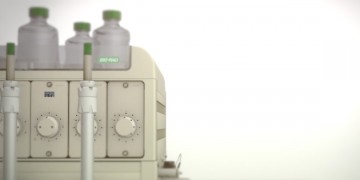
The Chromatography Chronicles Part 5: Chromatography You Can Count On
In biochromatography, every purification or separation procedure that fails because of instrument malfunction wastes precious lab resources. That’s why Bio-Rad, in designing the NGC chromatography system, found new ways to engineer reliability into the chromatography experience. Here’s how they did it.

The Chromatography Chronicles Part 4: Chromatography’s Intuitive Side
Chromatography instruments have a bad reputation in terms of their complexity and difficulty of use. In response, Bio-Rad’s designers and engineers challenged themselves to make the new NGC™ chromatography system as simple and intuitive-to-use as possible. Learn about the new easier-to-use instrument interface they created as a result.
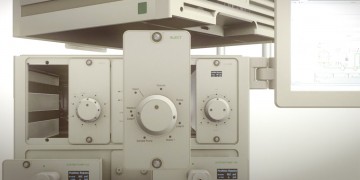
The Chromatography Chronicles Part 3: Adding, Swapping, and Scaling — Better Chromatography through Modular Design
What does it take to configure your own chromatography system? Part three of The Chromatography Chronicles examines how the NGC™ chromatography system adapts and grows to meet changing lab needs, and the modular design that makes this possible.
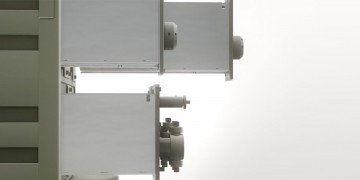
The Chromatography Chronicles Part 2: The Chromatographers Who Came in from the Cold
Is spending hours in the coldroom just an inevitable part of doing chromatography? The engineers and designers at Bio-Rad believed that, with a little innovation, the answer could be “no.” Part two of The Chromatography Chronicles reveals how they freed the NGC™ medium-pressure chromatography system — and its users — from the coldroom’s chilly confines.
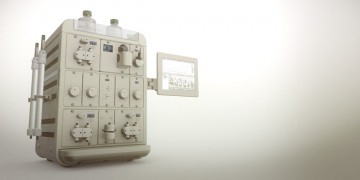
The Chromatography Chronicles Part 1: The Votes Are in — Customer Voices and the NGC Chromatography System Design Process
Whether through unreliability, lack of workflows, or poor design, chromatography systems can cause major hassles for any lab involved in purifying proteins. Would Bio-Rad be able to solve these longstanding problems? This new series takes an inside look at the development of the NGC medium-pressure chromatography system. This month: bringing customers into the design process.

Investigating Protein Translation with Bio-Rad’s NGC Chromatography System
The Fraser Laboratory in the Dept. of Molecular and Cellular Biology at UC Davis studies protein translation mechanisms by purifying diverse ribosomal proteins and reconstructing the translation complex in vitro. The lab utilized Bio-Rad’s NGC system to overcome specific purification difficulties with their protein while beta-testing the equipment. The NGC system enabled the group to increase their throughput by 25% and also saved substantial training time.
